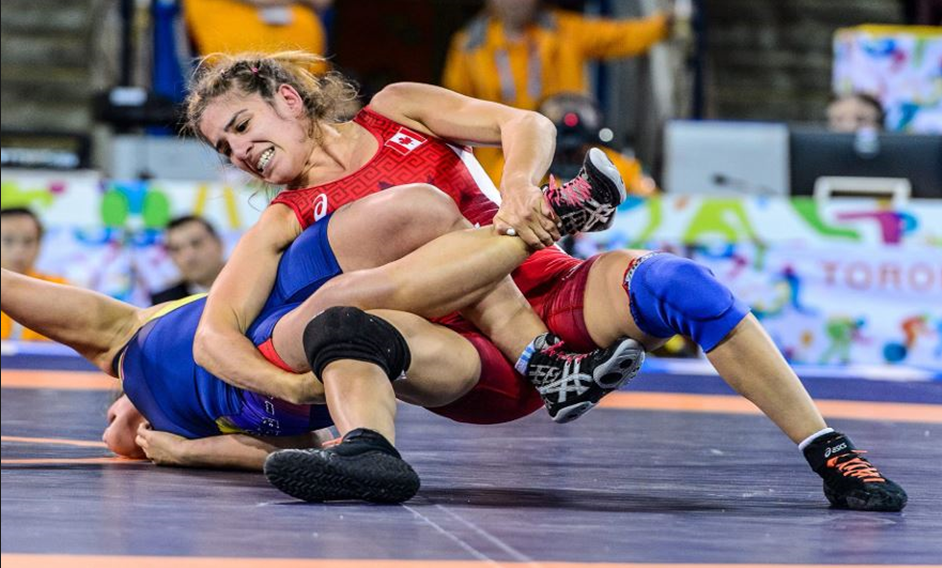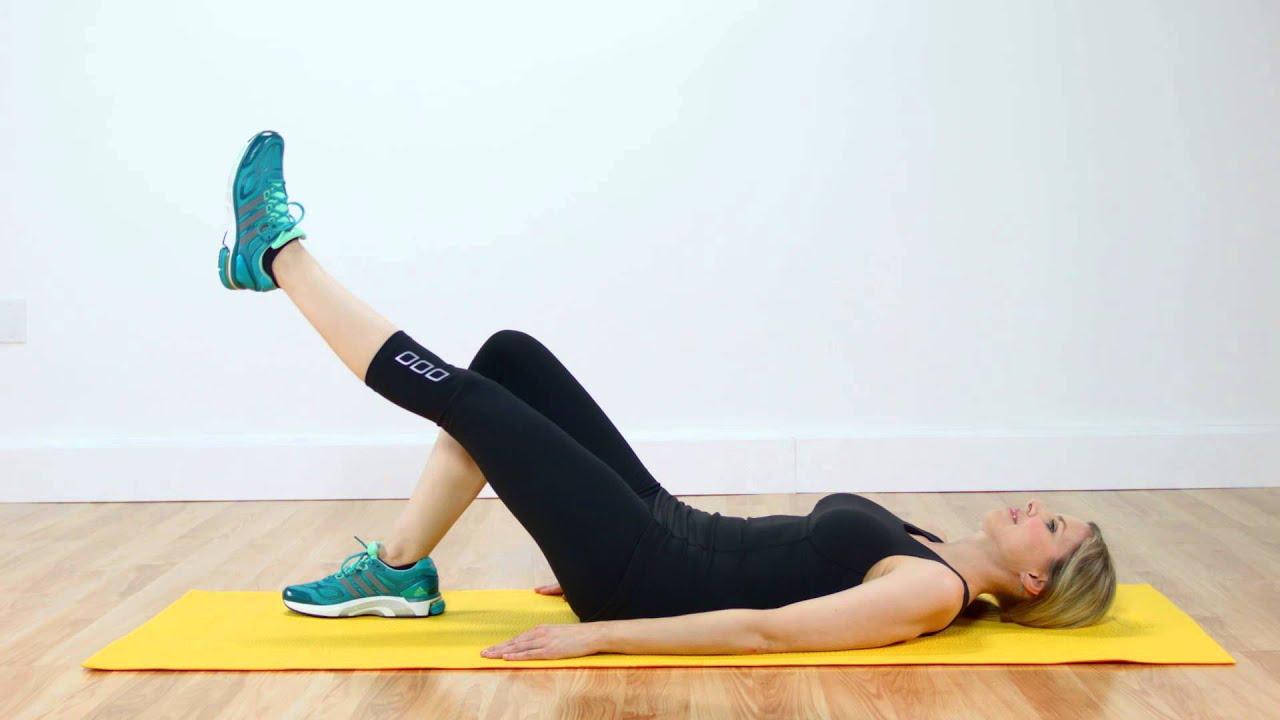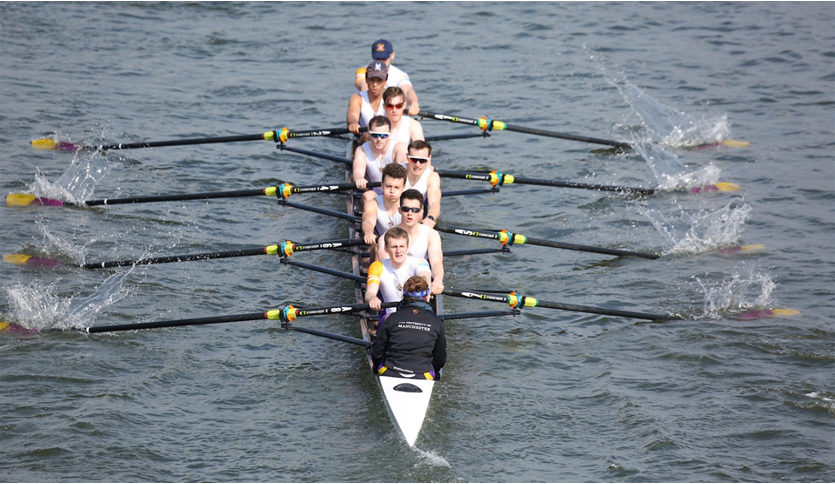High impact and contact actions
as the main source of Sports Injuries.
Sports injuries are linked to exercise and can be due to various sources, such as not stretching properly, poor sports practise, an accident derived from the actions of a strong impact or contact in physical activity, or lack of regular exercising, amongst other factors. In this post, we will talk about the most frequent sports injuries yielded by high impact and contact actions, the treatment for sports injuries, and how to prevent them, under the evaluation and counseling of sports therapy Manchester in our sports injuries clinic known as My Sports Injury Clinic. There are a large number of high-performance athletes and amateur practitioners who bear a sports injury stemmed from severe contact and impacts, either savage hits with other athletes, objects with which sports activity are performed, or with the surfaces where sports practises are carried out. In high-impact and contact sports where these sports injuries occur more frequently, we find disciplines like football, basketball, boxing, rugby, mixed martial arts, and other extreme sports such as skiing, motorcycling, and motor racing.

According to the latest investigation study of Eduardo Tondelli et la (2021), it was possible to demonstrate that the recurrence per game of the sports injury in rugby could be estimated up to 52.4%. Of this statistic, a range of 62.8%, were sports injuries caused by contact, with the lower extremities being the most common injured areas accounted for 58.9%, the most critical injury turned out to be anterior cruciate ligament tear and the one with the highest incidence rate was hamstring strain injury.

On numerous occasions, a high impact contact could trigger the athlete to lose balance; this would mean that the affected athlete would have to make sudden movements to change direction and twist to trying to compensate for the loss of stability, this generally brings about damage to connective tissue and in the case of suffering a very strong impact, a joint displacement could come about. In addition, Mark Pallis et la (2012) published that acromioclavicular joint separations are quite observed amongst young athletes, men are more likely to sustain it, and where the greatest number of cases of this sports injury was evidenced was in the practise of athletics, adding up to 91%.

Another injury of this characteristic is the Anterior Cruciate Ligament (ACL); predominantly has an effect on young individuals, calculating over 200.000 cases of this sports injury in the United States yearly. Moreover, up to 15,000 operations per year of the rupture of the (ACL) have been carried out in England, pointed out by David Beard et la (2017).

What are the types of impact and contact sport injuries? The kinds of injuries sustained by impact and contact actions are generally of a violent nature due to collisions with other individuals or elements necessary for sports practise; as a result of these incidents we as sports physio Manchester also known as sports injuries specialists can spot bruises, cuts, muscle aches, head injuries, dislocations, and even broken bones, explained by a post issued by Sports Medicine Information. Broadly, these high-impact sports injuries get to encompass contusion traumas, fractures, spinal and head injuries, and damage to connective tissue such as ligaments and tendons.

What is the treatment for sports injuries? As a starting point, treatment for sports injuries will be based on the
extent and severity of the injury. Sports injuries that are considered high risks such as bumps, head contusions, and
spinal injuries should be treated urgently.
Whereas the other injuries that are not categorised as emergency medical conditions like dislocations, fractures, damage to the connective tissue, strains, sprains, ruptures, and superficial injuries will be treated and heal properly under the supervision of a custom-tailored physiotherapy Manchester treatment. In the most severe cases, a surgical procedure may be needed. Although, both surgical and conservative treatment are be very effective for all types of musculoskeletal conditions.

At our Sports Massage Manchester City Centre, we offer the appropriate physiotherapy treatment for each type of injury. Some of the treatments that our highly experienced certified physio Manchester clinicians include: Manchester deep tissue massage, acupuncture, cupping therapy, dry needling, customed exercises routine, osteopathy, physical therapy amongst others. We also help you in your recovery and prevent future injuries.
How many sports-related injuries occur each year? Regarding the most state of the art information, it has been reported that about 8.6 million sports injuries are witnessed per annum, stated by Cary Orthopaedics (2018). It should be noted that strains are by far the most repetitive sports injuries.
Which sport causes the most sports injuries each year? Football and Wrestling have been displayed to be the sports that possess the highest incidence of sports-related injury rates within men. Simultaneously, gymnastics and football are the leading sports-related injury disciplines for women, according to the Center of Disease Control and Prevention (CDC) 2015.
Sports injuries are of great concern to athletes since an injury of this nature can mean losing the routine in their sports practice until recovery. Next, we will discuss the 3 most frequent ones.
What are the 3 most frequent sports injuries?
- Ankle sprain.
This injury is very common in sports practice, but also daily activity. In most cases, it occurs due to an inward movement of the foot that causes tension on the ligaments. The sprain can be mild when there are micro-tears in the ligaments, moderate when there is a partial tear in the ligaments, and severe when the ligaments are torn. The most common symptoms are bruising, and pain.
It occurs mainly in impact sports or in which the practise is carried out on unstable surfaces.
- Muscle strain.
It consists of the breaking of the fibers that make up the muscle. It generally affects lower limb muscles such as the gastrocnemius, hamstrings, and quadriceps. A muscle tear or fiber break can be caused by a blow or contusion, or by a sudden contraction of the muscle. Its severity is given mainly by the number of muscle fibers torn in the injury. The main symptom is sudden, sharp, localised pain.

It is one of the most frequent injuries in all types of sport.
- Fractures.
These are the gravest sports injuries. The most common causes of fractures are falls or excessive muscle activity that lasts over time. In most cases, immobilisation, rest, and rehabilitation are required, as well as in the most severe cases, surgery. In both cases, it requires a subsequent progressive recovery.
What to do to prevent sports injuries
To avoid sports injuries, it is essential to perform a good warm-up of at least ten minutes and stretch at the end. Also join sports practice progressively, as well as perform the prior functional exercise.
Sports injuries vary in intensity, so treatment changes depending on the severity. Sports injuries can be chronic when they are produced by repetitive movements and acute if they occur at a certain time due to a specific and violent effort.
Published by Rafael Peña for www.mysportsinjury.co.uk
References
- Eduardo Tondelli, Carlos Boerio, Mauro Andreu & Santiago Antinori (2021) Impact, incidence and prevalence of musculoskeletal injuries in senior amateur male rugby: epidemiological study, The Physician and Sportsmedicine, DOI: 10.1080/00913847.2021.1924045.
- Kerr ZY, Dompier TP, Snook EM, et al. National collegiate athletic association injury surveillance system: review of methods for 2004–2005 through 2013–2014 data collection. J Athl Train 2014;49:552–60.
- Kucera KL, Marshall SW, Bell DR, DiStefano MJ, Goerger CP, Oyama S. Validity of soccer injury data from the National Collegiate Athletic Association's Injury Surveillance System. J Athl Train 2011;46:489–99.
- Marshall SW, Covassin T, Dick R, Nassar LG, Agel J. Descriptive epidemiology of collegiate women's gymnastics injuries: National Collegiate Athletic Association Injury Surveillance System, 1988–1989 through 2003–2004. J Athl Train 2007;42:234–40.
- https://www.stopsportsinjuries.org/STOP/Resources/Statistics/STOP/Resources/Statistics.aspx?hkey=24daffdf-5313-4970-a47d-ed621dfc7b9b.
- Thorstensson, C.A., et al., Choosing surgery: patients' preferences within a trial of treatments for anterior cruciate ligament injury. A qualitative study. BMC Musculoskelet Disord, 2009. 10: p.100.
- Pallis M, Cameron KL, Svoboda SJ, Owens BD. Epidemiology of acromioclavicular joint injury in young athletes. Am J Sports Med. 2012 Sep;40(9):2072-7. doi: 10.1177/0363546512450162. Epub 2012 Jun 15. PMID: 22707749.





